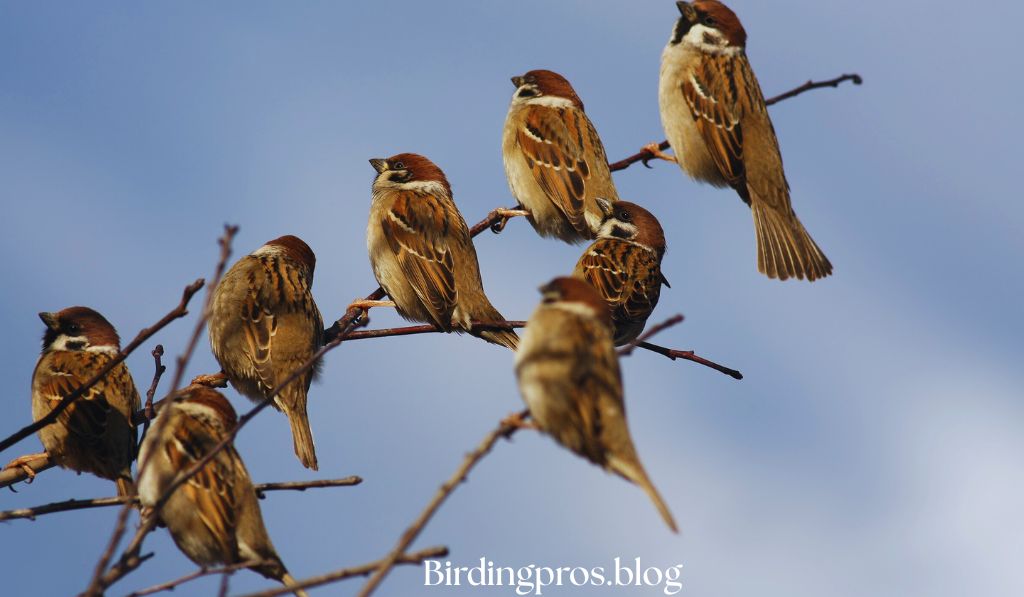Discover showed strategies to draw melodious songbirds in your backyard with complete steerage on offering nutritious meals sources, glowing water capabilities, defensive refuge, and chicken-first-class native plants.
Create a captivating outside sanctuary that welcomes various songbird species all through all seasons.
Table of Contents
ToggleIdentifying Common Songbird Visitors in Your Region
Transform your out of doors area into a vibrant habitat via way of reading to grow to be privy to and appeal to these commonplace songbird species, every bringing specific colours, songs, and behaviors to enhance your backyard birding enjoy.
American Robin
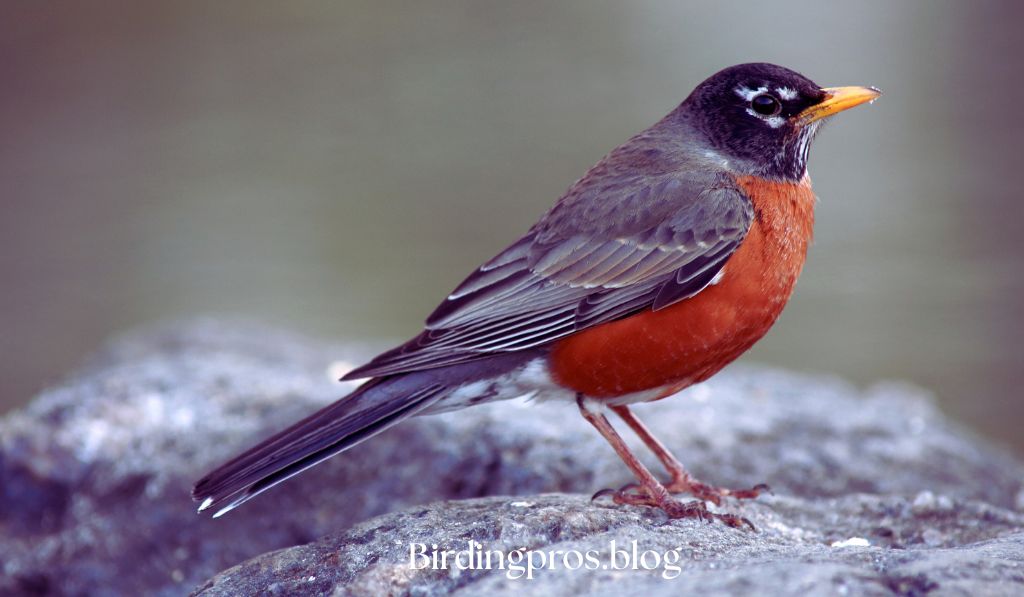
The American Robin, with its extremely good orange-red breast and melodious sunrise chorus, is an acquainted outside traveler.
These ground-foraging thrushes are often noticed pulling earthworms from lawns after spring rains and feasting on berries in the route of fall and iciness.
Northern Cardinal
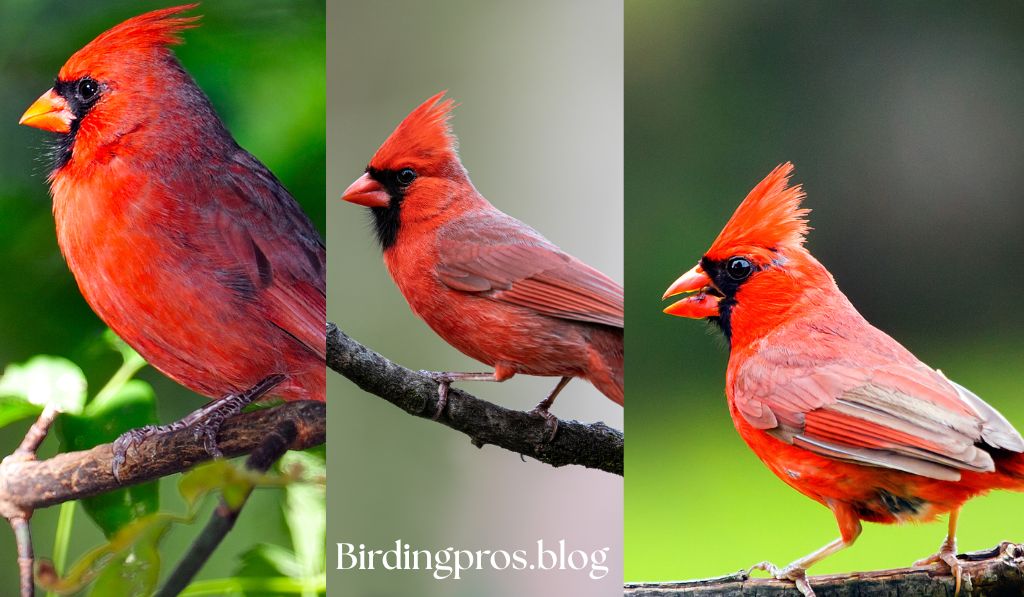
Northern Cardinals are jewels of the outdoors with their top notch purple plumage and distinguished crests.
Males show vibrant red feathers, at the same time as girls show off heat brown color with reddish highlights. Their clean, whistling songs are some of the first heard at dawn and remaining to vanish at nightfall.
Blue Jay
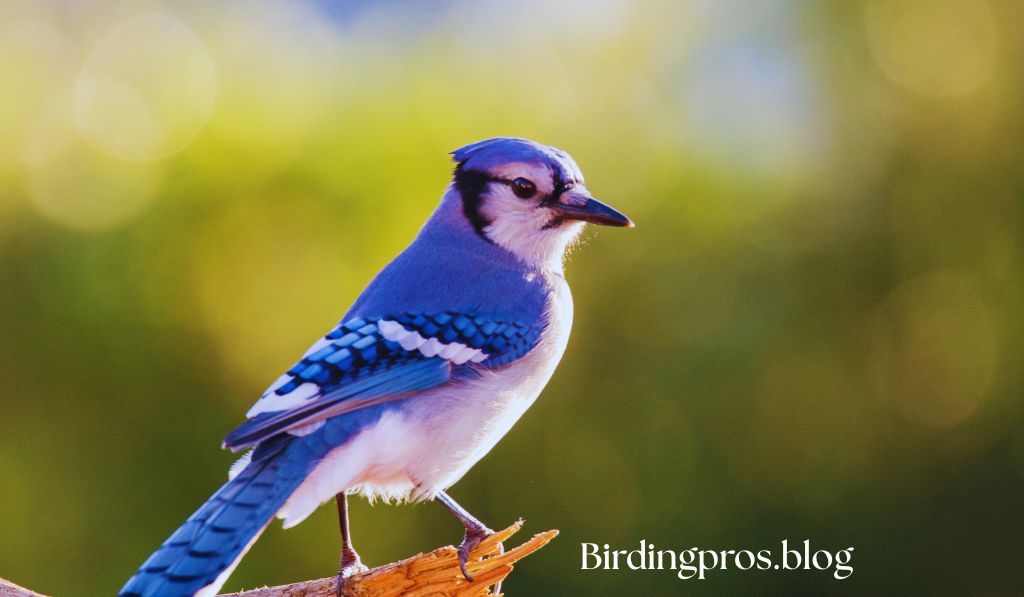
Blue Jays command attention with their azure blue plumage, black necklace, and expressive crest.
These smart corvids possess a diverse vocal repertoire, which include perfect mimicry of hawks to clean feeding areas. They’re precious ecological individuals, planting masses of acorns annually.
House Finch

House Finches delight with their pleased warbling songs and social nature. Males characteristic raspberry-red color on their head, throat, and better breast, whilst females show subtle brown streaking.
These adaptable birds go to feeders and nest near human habitations.
American Goldfinch

American Goldfinches remodel seasonally from high-quality lemon-yellow summer time plumage to subdued olive-brown wintry weather colorings.
Their buoyant, undulating flight pattern and candy “po-ta-to-chip” calls make them identifiable. These strict vegetarians show particular choice for thistle and sunflower seeds.
Mourning Dove
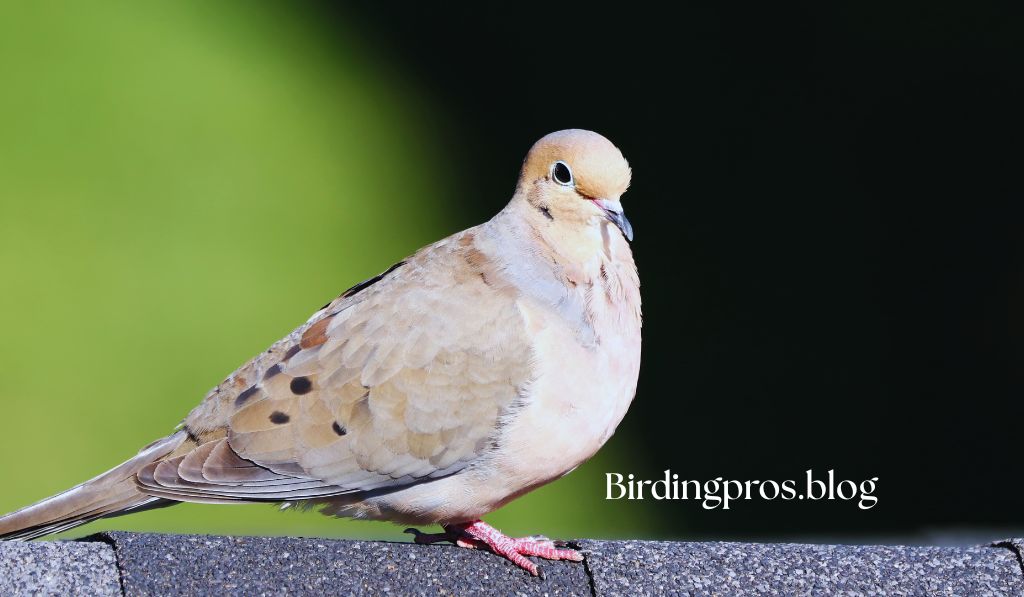
Mourning Doves deliver slight grace with their smooth taupe plumage, slender profile, and long, pointed tails.
Their soothing, mournful cooing creates a non violent ecosystem. These floor feeders respect open platform feeders and are regularly visible in pairs, preserving strong monogamous bonds.
Black-capped Chickadee

Black-capped Chickadees are liked for his or her formidable, curious person no matter their tiny length.
Their awesome black cap and bib assessment with white cheeks and grayish lower lower back. Their “chick-a-dee-dee-dee” name varies within the variety of “dee” notes to speak specific danger stages.
Eastern Bluebird

Eastern Bluebirds show off cute azure blue upperparts and rusty-orange breasts. Their gentle warbling track complements any outdoor setting.
These hollow space nesters without issue receive well designed nest containers, making them fantastic applicants for conservation partnerships with owners.
Song Sparrow
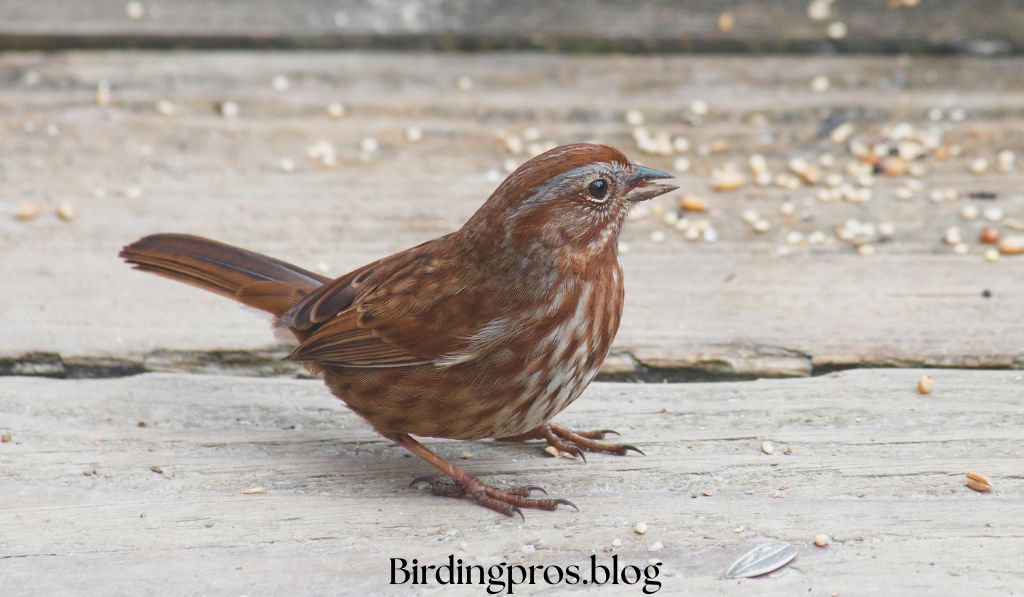
Song Sparrows may also seem plain with their brown streaked sample, but their superb vocal talents set them apart.
Each male develops a completely unique repertoire of eight-20 distinct track versions. Their essential breast spot and melodious making a song lead them to welcome backyard citizens.
Downy Woodpecker
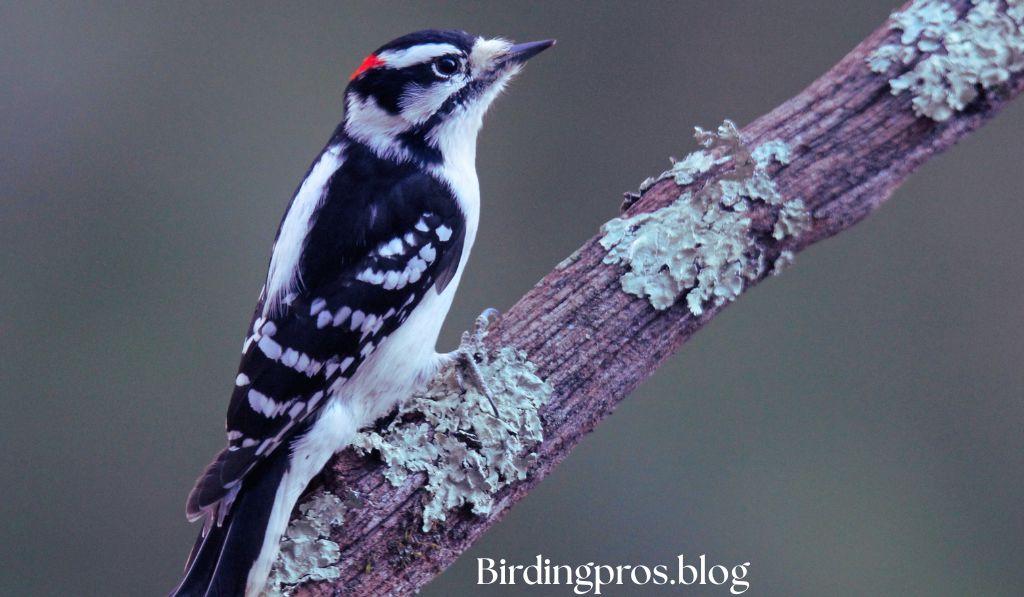
Downy Woodpeckers are the smallest North American woodpeckers, presenting setting black-and-white checked patterns with adult males displaying a small red patch on their nape.
Their scaling of tree trunks and branches lets in manage insect populations, imparting natural pest manipulate services.
These songbird species typically visit backyards inside the course of North America and can be attracted with strategic habitat improvements, suitable food offerings, and suitable nesting possibilities.
Comprehensive Backyard Songbird Identification Guide
Create an impossible to resist songbird sanctuary by way of implementing these evidence-primarily based habitat enhancement strategies.
Offering numerous, nutritious food belongings, easy water features, defensive cowl, and appropriate nesting possibilities will transform your backyard right right into a colorful hub for songbird range at some stage in the one year.
Dietary Diversity:
Provide more than one meal alternatives focused on one-of-a-type songbird feeding options. High-oil black sunflower seeds trap cardinals, chickadees, and finches, whilst specialised nyjer (thistle) seeds attract goldfinches and siskins.
High-fine suet mixtures with nuts and berries offer important wintry weather fats assets. Native berry-generating plants assist natural foraging behaviors and seasonal migration needs.
Nesting Structures:
Install appropriate nesting bins with species-precise dimensions, entrance hole sizes, and air waft skills. Position bins handling east or northeast to keep away from overheating from afternoon sun publicity.
Mount them securely at advocated heights (5-20 feet counting on route species) on poles with predator baffles or timber with minimum branch interference. Clean boxes thoroughly amongst nesting seasons the usage of moderate brush cleansing in choice to harsh chemicals.
Predator Protection:
Implement whole predator deterrence systems which includes cylindrical baffles on feeding stations, stovepipe guards on nest box poles, and strategic positioning far from predator launching factors.
Consider natural global-best fencing alternatives to exclude ground predators whilst preserving ecological connectivity. Position feeders and water capabilities with close by defensive cover permitting short escape routes all through predator encounters.
6 Strategies: Designing the Ultimate Songbird Haven in Your Yard
Creating a thriving songbird sanctuary in your backyard requires considerate planning and implementation of key habitat factors.
These six research-sponsored techniques will help you grow an ecosystem that attracts and sustains numerous songbird populations during the seasons.
The Multisensory Experience of Backyard Birding
Cultivating a songbird-excellent outside creates a multidimensional sensory enjoyment that enriches daily life.
The spectacle of colourful plumage, the auditory tapestry of assorted songs and calls, and the dynamic movement kinds of one-of-a-kind species convey natural strength on your outdoor place.
Bird watching offers documented fitness advantages along with stress reduction, advanced mental recognition, and possibilities for mindfulness exercise.
Creating songbird habitat also offers academic opportunities for every age to discover about ecology, migration styles, and conservation concepts via direct commentary.
The Critical Role of Native Plant Landscapes
Native plant integration represents the cornerstone of a successful songbird attraction. Indigenous plant species have co-superior with community bird populations, growing collectively beneficial relationships that guide complete meals webs.
Native plant life produces seeds, berries, and nectar flawlessly timed to songbird breeding cycles and seasonal desires. Their natural growth patterns create the layered habitat shape birds require for nesting, foraging, and safety.
Native plant life supports 35% greater caterpillar and worm biomass than non-local alternatives—essential protein assets for nestling improvement and adult nutrients at some point of breeding season.
Essential Resources Every Songbird Needs
Successful songbird attraction depends on presenting the essential assets these birds require for survival and copy: dependable water assets, good enough refuge, and nutritious meals options.
Water Features: Beyond Basic Hydration
Songbirds require consistent water to get admission to for ingesting and preserving feather situation through everyday bathing. Water abilities grow to be critical enchantment factors, in particular at some stage in dry periods and severe temperatures.
Design fowl-best water features with various depths (most 2-3 inches), textured surfaces for secure footing, and steadily sloping components permitting access for exclusive-sized species.
Moving water factors like drippers, misters, or solar-powered fountains boom visibility and splendor at the same time as reducing mosquito breeding ability. Position water features close to protecting cover but with clean flight paths for method and departure.
Comprehensive Nutrition: Catering to Diverse Diets
Different songbird species have advanced specialised feeding versions and nutritional alternatives. An achievement enchantment technique consists of more than one food asset reflecting this range.
High-energy seed offerings which consist of black oil sunflower, safflower, white millet, and nyjer fulfill granivorous species like finches, sparrows, and cardinals.
Fresh fruit alternatives (halved oranges, apple pieces, grape clusters) trap species like orioles, tanagers, and mockingbirds.
Incorporating insect-helping plant life and preserving chemical-unfastened gardening practices ensures herbal protein belongings for omnivorous species and at some point of essential nesting intervals.
Incorporating Bird-Attracting Colors and Scents
Strategic use of colour and perfume on your landscape layout can drastically decorate its beauty to songbirds, developing sensory cues that sign food availability and habitat greatly.
Aromatic Garden Elements: Nature’s Signaling System
Fragrant flowers make a contribution to songbird habitat via more than one ecological pathway. Aromatic flowering herbs like lavender, rosemary, thyme, and mint trap numerous pollinator insects that turn out to be protein-wealthy food sources for insectivorous birds.
Scented flora frequently produce vital oils that simply deter garden pests, reducing the want for dangerous chemical controls.
The one of a type fragrances of certain vegetation may serve as navigation landmarks for migratory species returning to an achievement nesting web sites. Creating defined zones of fragrant flowers lets birds grow dependable intellectual maps of your backyard’s sources.
Strategic Color Implementation: Visual Attraction Signals
Bright floral colours characteristic as herbal beacons signaling capability meals assets to passing songbirds.
Red tubular plant life like cardinal flower (Lobelia cardinalis) and local columbine appeal to hummingbirds, while crimson coneflowers (Echinacea) and black-eyed Susans (Rudbeckia) produce seed heads that draw finches and chickadees.
Incorporate sequential blooming schedules to keep non-stop shade presence throughout growing seasons.
Position shade concentrations wherein they’re seen from more than one method angles and flight paths. Layer colourful plantings at special heights to attract species with various feeding alternatives and techniques.
Strategic Feeder Selection and Optimal Placement
Choosing appropriate feeders and positioning them correctly dramatically affects your fulfillment in attracting numerous songbird species even as minimizing potential problems.
Feeder Diversity: Specialized Dining Stations
Different feeder designs accommodate unique songbird feeding behaviors and physical diversifications. Understanding those relationships enhances appeal success.
Tube feeders with small perches and ports prefer smaller songbirds like chickadees, titmice, and finches while except for massive competitors. Hopper-style feeders accommodate medium-sized birds which incorporate cardinals, grosbeaks, and jays.
Ground or platform feeders serve floor-foraging species such as towhees, juncos, and sparrows. Specialized suet cages offer crucial wintry weather vitamins for woodpeckers, nuthatches, and chickadees.
Strategic Positioning: Safety and Accessibility
Thoughtful feeder placement balances visibility, accessibility, and protection concerns to maximize songbird consolation and protection.
Position feeders 10-12 toes from dense shielding cowl permitting short get away routes even as preventing ambush predator concealment. Create a couple of feeding stations all through your yard to reduce competition and territorial conflicts.
Maintain stable window distances (either within 3 toes or past 30 ft) to restrict collision risks. Elevate feeders at the least 5-6 ft above ground degree with predator baffles to deter mammals.
Creating Protective Natural Habitats
Natural secure haven elements offer critical protection from predators and cruel environmental situations even as supporting the complete life cycle of resident songbirds.
Layered Vegetation: The Complete Protection System
Creating multi-degree plant life shapes corresponding to natural woodland ecosystems affords comprehensive songbird habitat.
This layered approach includes:
- Canopy layer:
Tall neighborhood trees like maples, and hickories provide nesting sites for species which consist of orioles, tanagers, and vireos even as offering extended lookout factors.
- Mid-tale layer:
Smaller bushes and large shrubs consisting of dogwoods, serviceberries, and viburnums create intermediate nesting locations and foraging zones.
- Shrub layer:
Dense native shrubs such as elderberry, spicebush, and local blueberries offer defensive cover, nesting opportunities, and treasured fruit sources.
- Ground layer:
Native grasses, wildflowers, and groundcovers guide insect populations and bring seeds even as offering ground-nesting habitat for species like towhees.
Naturalistic Elements: Mimicking Wild Habitats
Incorporating natural habitat abilities and allowing a few garden “messiness” notably enhances songbird habitat charge.
Brush piles made from fallen branches and pruning substances provide instantaneous protecting cowl and foraging opportunities for wrens, sparrows, and thrushes.
Fallen logs guide insect decomposers and create herbal foraging net sites for woodpeckers and special insect-gleaning species.
Leave seed heads on local perennials thru iciness to provide natural meals sources throughout scarce durations. Maintain leaf litter in defined lawn areas to useful resource soil-dwelling insects that emerge as meals for floor-foraging birds.
Installing Specialized Nesting Structures
Artificial nesting systems complement herbal nesting sites and might extensively boom breeding success for many songbird species.
Species-Targeted Designs: Custom Housing Solutions
Different songbird species have advanced unique nesting requirements that have to be contemplated in birdhouse format:
- Eastern Bluebirds thrive in houses with 1 1⁄2-inch front holes, five×five-inch ground dimensions, and air flow functions, installed 5-6 feet high in open regions with scattered timber.
- Chickadees and Wrens pick smaller houses with 1⅛-inch openings, 4×4-inch flooring, and deeper subject creation to save you predator access.
- Purple Martins require specialised multi-compartment housing mounted 15-20 ft immoderate in open areas faraway from tall trees.
- Woodpeckers need deeper containers stuffed partially with wooden chips, permitting them to excavate their favored nest chamber form.
Installation Best Practices: Location and Maintenance
Proper placement and protection of nesting systems notably affects their effectiveness and songbird adoption prices.
Mount birdhouses on poles with predator baffles instead of tree trunks wherein mountain climbing predators have clean get right of entry to. Position front holes coping with away from winning winds and robust afternoon sun exposure.
Maintain enough distance among homes for territorial species (at least 25-30 feet for bluebirds). Clean homes very well after nesting season completes, eliminating vintage nesting fabric and treating for parasites the usage of herbal techniques.
Maintaining Water Features for Songbird Health
Proper water characteristic management is crucial for songbird fitness and continued appeal fee in the course of the 12 months.
Bird Bath Optimization: Design for Maximum Appeal
Effective chook bath design considers more than one element affecting songbird comfort and safety within the course of water to get right of entry to.
Textured, non-slip surfaces offer regular footing at the same time as birds drink and bathe. Gradual intensity versions accommodate awesome species’ duration requirements and choices.
Stone or concrete production gives higher temperature balance than metal or plastic alternatives. Natural-looking designs incorporating pebbles and native flowers create comfortable, acquainted environments corresponding to natural water assets.
Year-Round Water Access: Seasonal Considerations
Maintaining dependable water property at some point of seasonal extremes demonstrates specialised songbird enchantment commitment.
During summer season warm temperatures, provide multiple water assets in shaded places to prevent speedy evaporation and hold water temperatures cushty.
Clean bird baths regularly in the course of heat climate (every 2-3 days) to prevent algae growth and mosquito breeding. For wintry weather months, set up thermostatically controlled heaters to maintain ice-free consuming water at some point of freezing situations.
Position winter water abilities in sheltered locations with southern exposure to maximise herbal warming results.
Frequently Asked Questions About Backyard Songbird Attraction
1. What are the only meal offerings to draw numerous songbird species?
Create a whole songbird feeding station through imparting multiple meals concentrated on first-rate dietary alternatives.
Black oil sunflower seeds offer high-power vitamins that attract cardinals, chickadees, nuthatches, and finches with their thin shells and high oil content material fabric. Nyjer (thistle) seeds in specialised feeders draw goldfinches, siskins, and redpolls.
High-great suet formulations containing rendered animal fat, peanut butter, cornmeal, and stop result aid woodpeckers, wrens, and insectivorous species, specifically at some stage in cold climate while bugs are scarce.
2. How can I create effective water functions that trap songbirds during all seasons?
Develop multi-beneficial water functions that serve songbirds’ eating and bathing goals year-round.
Install shallow birdbaths (maximum 2-three inches deep) with textured, non-slip surfaces and step by step sloping elements that accommodate specific chicken sizes as it should be. Incorporate water motion elements at the side of sun bubblers, drippers, or small recirculating pumps—moving water draws birds from more distances via every seen sparkle and auditory cues while stopping mosquito breeding.
Position water capabilities near defensive cover (approximately 10-15 toes) permitting short escape routes at the same time as keeping clean visibility for drawing close birds.
3. Which native plant species create the best songbird habitat in residential landscapes?
Develop a multi-layered native plant network that gives complete songbird habitat features at some stage in all seasons.
Incorporate local okay species (Quercus), which guide over 500 caterpillar species—vital protein assets for nesting songbirds.
Include berry-generating local shrubs that offer vital nutrients throughout exclusive seasonal home windows: serviceberry (Amelanchier) for early summer, elderberry (Sambucus) for midsummer, dogwoods (Cornus) for early fall, and winterberry holly (Ilex verticillata) for iciness food at the same time as assets are scarce.
4. How have feeding stations and nesting structures be placed to maximise songbird protection and utilization?
Strategic placement of chicken feeding and nesting infrastructure balances visibility, accessibility, and safety necessities for pinnacle-rated songbird enchantment effects.
Position feeding stations approximately 10-15 toes from dense protecting cowl (native shrubs or evergreens), permitting birds short break out routes at some point of predator threats whilst preventing ambush predator concealment.
Create “feeder zones” with a couple of feeder sorts grouped in an unmarried primary area, permitting birds to install predictable feeding patterns even as permitting cushty commentary from indoor viewing regions.
Conclusion
Transforming your outdoor proper into a colorful songbird haven creates a jointly useful courting among house owners and local chook populations. By implementing the entire strategies stated in this guide—imparting diverse meal sources, reliable water capabilities, shielding natural secure haven, and appropriate nesting opportunities—you’ll create an ecosystem that supports songbird variety 365 days-round.
Native plant integration paperwork the inspiration of sustainable songbird enchantment, setting up natural food webs that assist birds sooner or later of their whole lifestyles cycle.
Supplemental feeding, strategically designed water capabilities, and synthetic nesting systems beautify this basis, developing a whole habitat bundle that meets all songbird necessities.
The rewards of making a songbird-pleasant landscape amplify past the pleasure of announcement.
You’ll actively make a contribution to fowl conservation efforts, help declining neighborhood species, and create a more outdoor environment with improved pest management, pollination, and biodiversity.
Embrace the possibility to connect to nature through these captivating creatures as your backyard turns into a vibrant sanctuary complete of shade, motion, and tune.
Reference:
Related posts
Desert Birds: Masters of Survival in Arid Landscapes 2025 Guide
Prime Birdwatching Locations Across USA
Bird Watching Equipment Guide: Advantages and Disadvantages
Desert Birds: Masters of Survival in Arid Landscapes 2025 Guide

